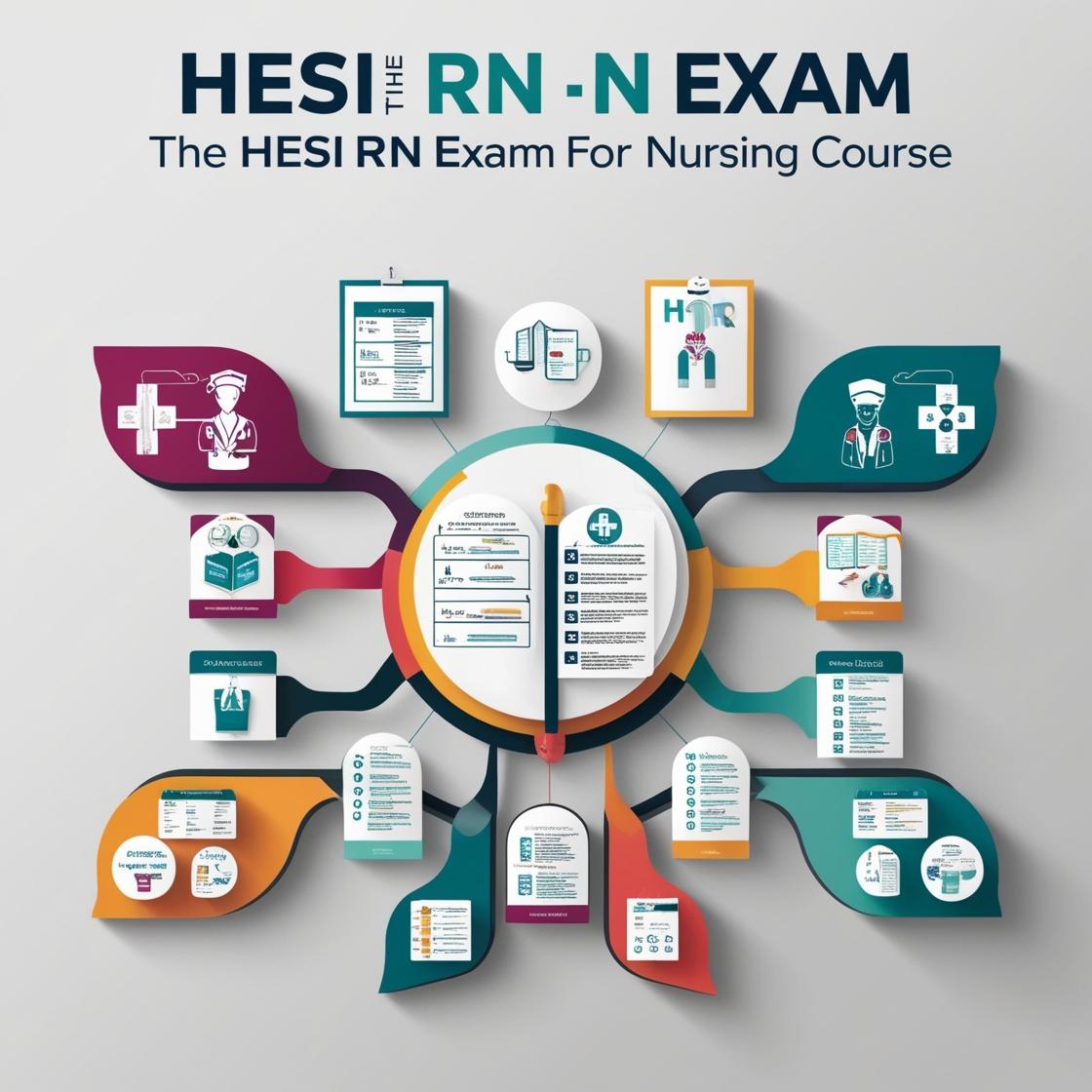HESI RN
HESI Medical Surgical Practice Quiz
1. A client is recovering after a nephrostomy tube was placed 6 hours ago. The nurse notes drainage in the tube has decreased from 40 mL/hr to 12 mL over the last hour. Which action should the nurse take?
- A. Document the finding in the client’s record.
- B. Evaluate the tube as working in the hand-off report.
- C. Clamp the tube in preparation for removing it.
- D. Assess the client’s abdomen and vital signs.
Correct answer: D
Rationale: The correct action for the nurse to take in this situation is to assess the client’s abdomen and vital signs. The nephrostomy tube should have a consistent amount of drainage, and a decrease may indicate obstruction. Before notifying the provider, the nurse must assess the client for pain, distention, and changes in vital signs. This assessment is crucial to gather essential information to report accurately. Documenting the finding without further assessment may delay necessary intervention. Evaluating the tube as working in the hand-off report or clamping the tube prematurely are not appropriate actions and could lead to complications if there is an obstruction.
2. A marathon runner comes into the clinic and states, 'I have not urinated very much in the last few days.' The nurse notes a heart rate of 110 beats/min and a blood pressure of 86/58 mm Hg. Which action by the nurse is the priority?
- A. Give the client a bottle of water immediately.
- B. Start an intravenous line for fluids.
- C. Teach the client to drink 2 to 3 liters of water daily.
- D. Perform an electrocardiogram.
Correct answer: A
Rationale: The priority action for the nurse is to give the client a bottle of water immediately. The athlete's symptoms of decreased urination, along with a heart rate of 110 beats/min and low blood pressure of 86/58 mm Hg, indicate mild dehydration. Rehydration should begin promptly to address the dehydration. Teaching the client to drink 2 to 3 liters of water daily is a good long-term strategy but not the immediate priority. Starting an intravenous line for fluids may be necessary if oral hydration is insufficient or if the degree of dehydration is severe. Performing an electrocardiogram is not indicated at this time as the priority is addressing the dehydration.
3. A client has a urine specific gravity of 1.040. What action should the nurse take?
- A. Obtain a urine culture and sensitivity.
- B. Place the client on restricted fluids.
- C. Assess the client’s creatinine level.
- D. Increase the client’s fluid intake.
Correct answer: D
Rationale: A urine specific gravity of 1.040 is higher than the normal range (1.005 to 1.030) and can indicate dehydration, decreased kidney blood flow, or the presence of antidiuretic hormone. In this situation, the priority action should be to increase the client's fluid intake to address the high specific gravity. Obtaining a urine culture, placing the client on restricted fluids, or assessing the creatinine level would not directly address the underlying issue of high urine specific gravity caused by dehydration or other factors.
4. During nasotracheal suctioning, which of the following observations should be cause for concern to the nurse? Select all that apply.
- A. The client becomes cyanotic.
- B. Secretions are bloody.
- C. The client gags during the procedure.
- D. Clear to opaque secretions are removed.
Correct answer: C
Rationale: During nasotracheal suctioning, the client gagging during the procedure is a cause for concern as it can indicate discomfort or potential airway obstruction. Cyanosis, bloody secretions, or the removal of clear to opaque secretions are expected observations that the nurse should monitor for, but gagging indicates a need for immediate intervention to ensure the safety and comfort of the client. Cyanosis and bloody secretions can signify oxygenation issues and potential complications, while the removal of secretions is the goal of the suctioning procedure.
5. A nurse reviews the laboratory findings of a client with a urinary tract infection. The laboratory report notes a “shift to the left” in the client’s white blood cell count. Which action should the nurse take?
- A. Request that the laboratory perform a differential analysis on the white blood cells.
- B. Notify the provider and start an intravenous line for parenteral antibiotics.
- C. Collaborate with the unlicensed assistive personnel (UAP) to strain the client’s urine for renal calculi.
- D. Assess the client for a potential allergic reaction and anaphylactic shock.
Correct answer: B
Rationale: A “shift to the left” in a white blood cell count indicates an increase in band cells, which is typically associated with urosepsis. In this scenario, the nurse should notify the provider and initiate IV antibiotics as a left shift is often seen in severe infections like urosepsis. Requesting a differential analysis on white blood cells would not be the immediate action needed in response to a left shift. Collaborating to strain urine for renal calculi is unrelated to the situation of a left shift in white blood cells due to urosepsis. Assessing for allergic reactions and anaphylactic shock is not the priority as a left shift is not indicative of an allergic response; it is associated with an increase in band cells, not eosinophils.
Similar Questions

Access More Features
HESI RN Basic
$89/ 30 days
- 50,000 Questions with answers
- All HESI courses Coverage
- 30 days access @ $89
HESI RN Premium
$149.99/ 90 days
- 50,000 Questions with answers
- All HESI courses Coverage
- 30 days access @ $149.99
